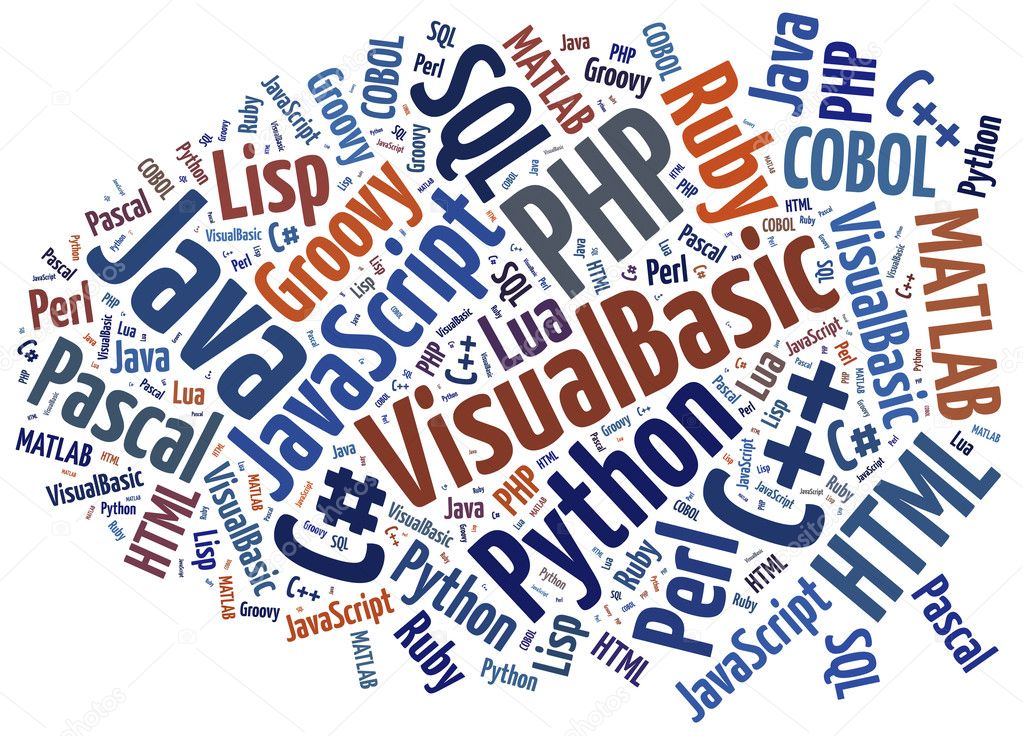Getting Started in Tech: A Guide for Beginners

Technology is a vast and exciting field that offers many opportunities for learning, growth, and innovation. Whether you want to create websites, apps, games, or robots, there is a tech job for you. But how do you get into tech if you have no experience or background in it? Don’t worry, it’s not as hard as you might think. In this article, we will show you some steps you can take to break into the tech industry and explore some of the careers you can pursue.
Step 1: Identify your interests and goals
The first step to getting into tech is to figure out what you are interested in and what you want to achieve. Tech is a broad term that covers many different fields and subfields, such as software development, web development, data science, artificial intelligence, cybersecurity, and more. Each of these fields has its own skills, tools, languages, and frameworks that you need to learn and master.
To narrow down your options, ask yourself some questions, such as:
What problems do you want to solve with technology?
What kind of products or services do you want to create or improve?
What kind of work environment do you prefer?
How much time and money are you willing to invest in learning new skills?
What are your short-term and long-term career goals?
These questions can help you identify your interests and passions, as well as your strengths and weaknesses. They can also help you research the different tech fields and careers that match your preferences and aspirations.
Step 2: Learn the basics of coding
Coding is the process of writing instructions for computers to perform tasks. Coding is essential for most tech jobs, as it allows you to create and manipulate software, websites, apps, games, and other digital products. Coding also helps you develop logical thinking, problem-solving, and creativity skills that are useful for any career.
To learn the basics of coding, you need to choose a programming language to start with. A programming language is a set of rules and syntax that defines how to write code. There are many programming languages to choose from, such as Python, Java, C#, JavaScript, Ruby, and more. Each language has its own advantages and disadvantages, as well as its own applications and domains.

To choose a programming language, consider the following factors:
The difficulty level: Some languages are easier to learn than others, depending on your prior knowledge and experience. For example, Python is considered a beginner-friendly language because it has simple syntax and clear structure. On the other hand, C# is considered a more advanced language because it has more features and concepts that require deeper understanding.
The popularity and demand: Some languages are more popular and widely used than others, depending on the current trends and needs of the industry. For example, JavaScript is one of the most popular languages because it is used for web development and can run on any browser. On the other hand, Ruby is less popular because it is mainly used for web development with a specific framework called Ruby on Rails.
The compatibility and versatility: Some languages are more compatible and versatile than others, depending on the platforms and devices they can run on and the types of projects they can handle. For example, Java is one of the most compatible and versatile languages because it can run on any operating system and can be used for desktop applications, web applications, mobile applications, games, and more. On the other hand, Swift is less compatible and versatile because it can only run on iOS devices and can only be used for iOS applications.
Based on these factors, you can choose a programming language that suits your interests and goals. You can also learn more than one language if you want to expand your skills and opportunities.
To learn a programming language, you can use various resources, such as:
Online courses: There are many online platforms that offer courses on various programming languages, such as Coursera , Udemy , edX , Codecademy , Khan Academy , etc. These courses usually provide video lectures, quizzes, exercises, projects etc.

You must be logged in to post a comment.